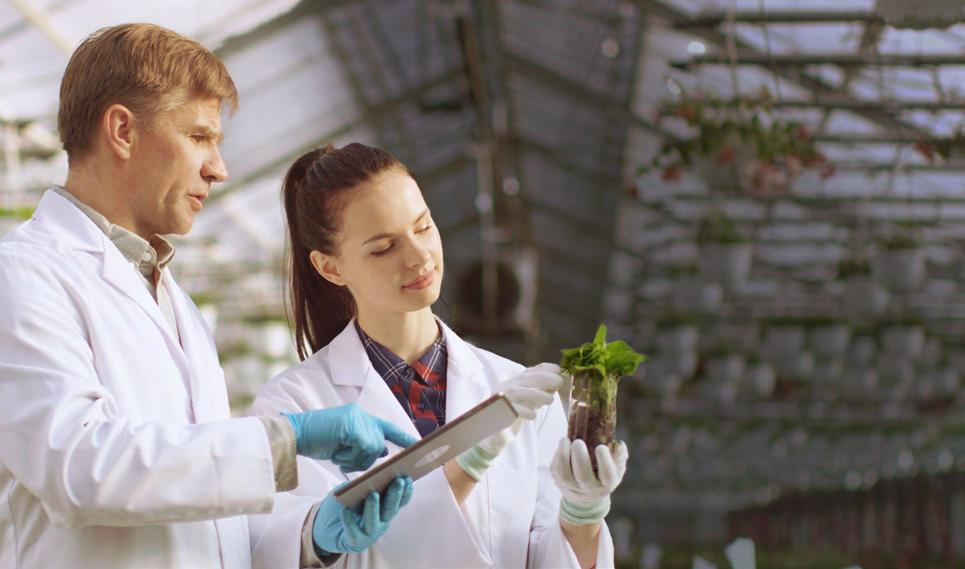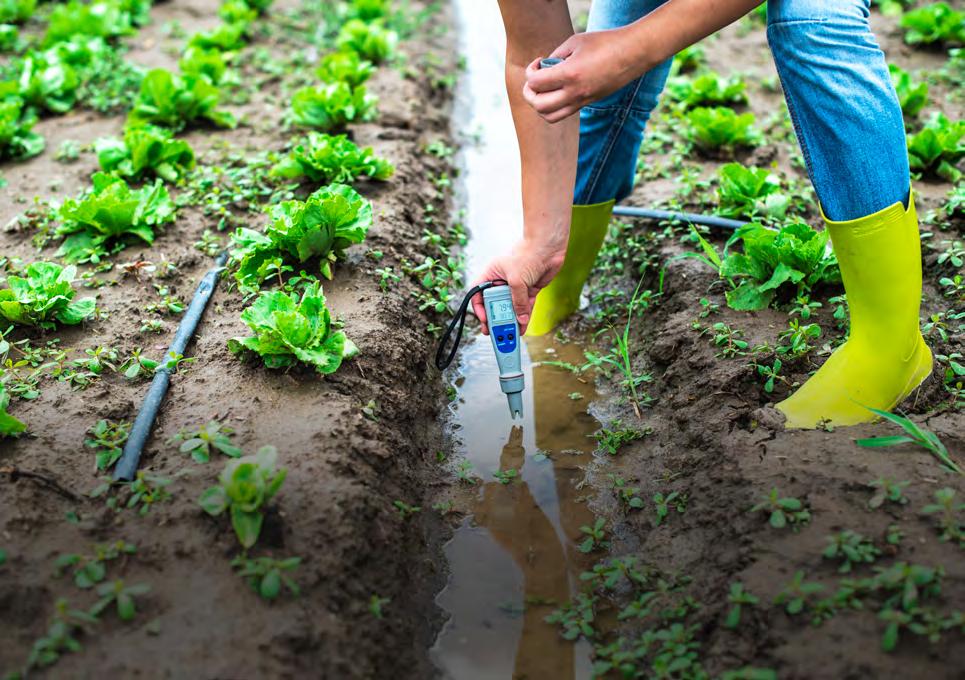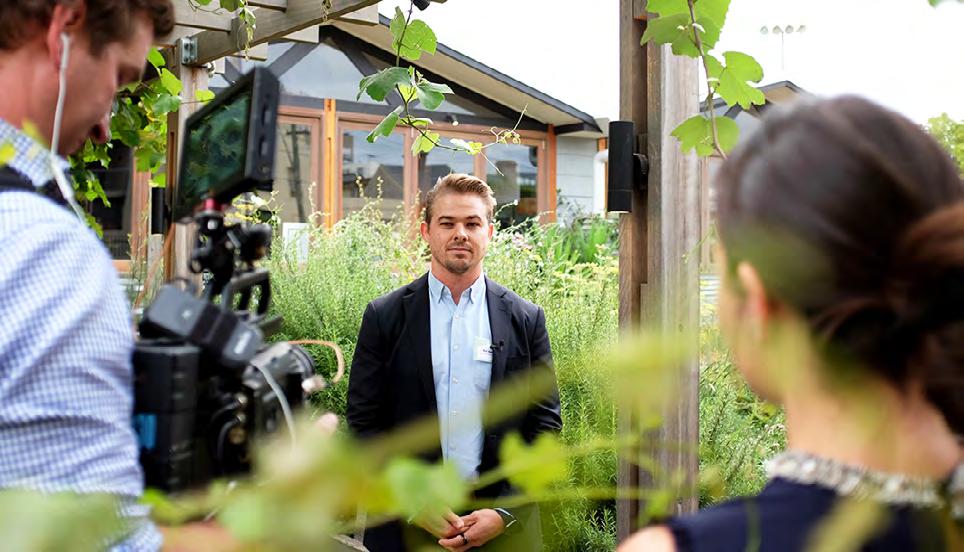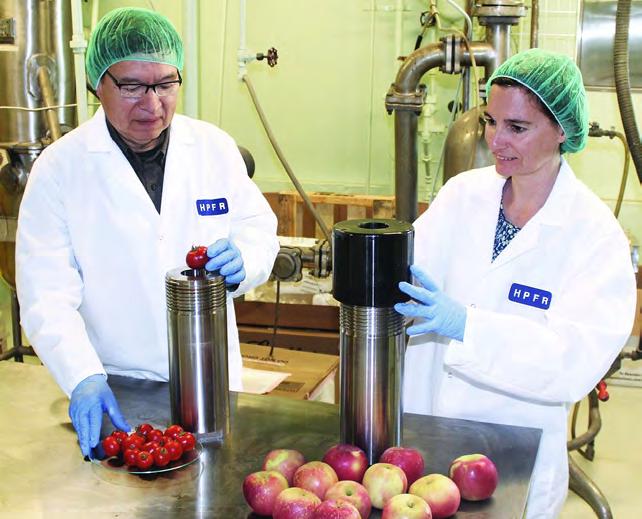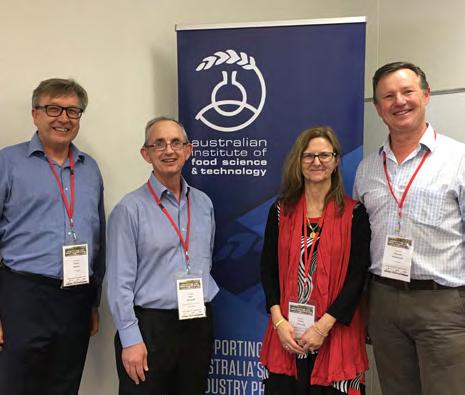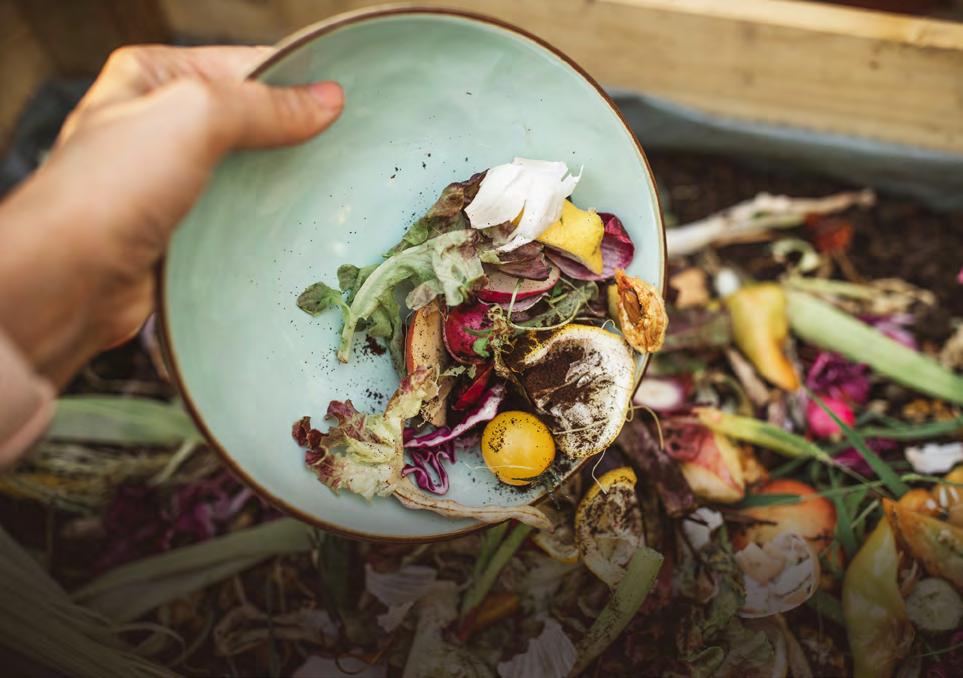THE PULSE
A new technology for food preservation A new technology that preserves food products at subfreezing temperatures, while preventing the damage caused by ice crystal formation inside the product, could be a game-changer for the frozen food industry. Isochoric freezing, originally developed by Boris Rubinsky at the University of California, Berkeley, preserves biological materials without the formation of ice crystals. The key to this method is the thermodynamic condition in which freezing occurs. A food product is fully immersed in an isotonic solution inside a closed chamber so the volume remains constant during freezing. This freezing technique was examined as a preservation method in the frozen food industry when Mr Rubinsky started a collaboration with the US Department of Agriculture in 2017. The team found that freezing under certain isochoric conditions produced frozen foods that were superior to those preserved with conventional freezing techniques. In addition, thermodynamic analyses have demonstrated that freezing in an isochoric system can reduce energy consumption by up to 70 per cent compared with a traditional freezing processes. The global frozen food market valued at more than $250 billion in
Aussies hungry for plant-based A consumer research report looking at Australian consumers’ evolving relationship with meat has found that Australians are increasingly hungry for plant-based meat options. The research, commissioned by Food Frontier, Australia and New Zealand’s independent think tank and industry advisor for plant-based and cultivated meat, and conducted by Colmar Brunton, found millions of Australians and Kiwis are reducing their meat intake. Interest in plant-based alternatives is gaining considerable momentum with millions of Australians eating less
6 food australia
Roberto Avena-Bustillos (left) and Cristina Bilbao-Sainz demonstrate the use of isochoric freezing chambers. Photo U.S. Department of Agriculture. 2015 - is projected to reach $282.5 billion by 2023. Many foods, especially those with delicate textures such as fruits and vegetables, are not suitable for traditional freezing methods because they deteriorate significantly during the freezing process. The potential for isochoric freezing to maintain a food’s ‘fresh’ qualities when stored at subfreezing temperatures has meat. One in three are consciously limiting their meat consumption and an additional 10 per cent are entirely meat-free. The report also found interest in eating less meat has grown in just the last year. The number of Australians defined as ‘flexitarian’ has grown by 20 per cent and 20 per cent of meat eaters have reduced their meat consumption. Baby boomers are leading the meatreduction trend, whereas vegetarians and vegans are most likely to be millennials. Consistently, all generations nominated health, the environment and animal welfare as the most important reasons to reduce meat consumption. Find the full report at foodfrontier. org/reports/
so far been demonstrated with cherries, tomatoes and potatoes. Other research into isochoric freezing has found it could also eliminate potentially harmful bacteria which are reduced during storage. This novel technology could therefore also find commercial applications in the sterilisation and preservation of beverages such as milk, tea, and juices.










